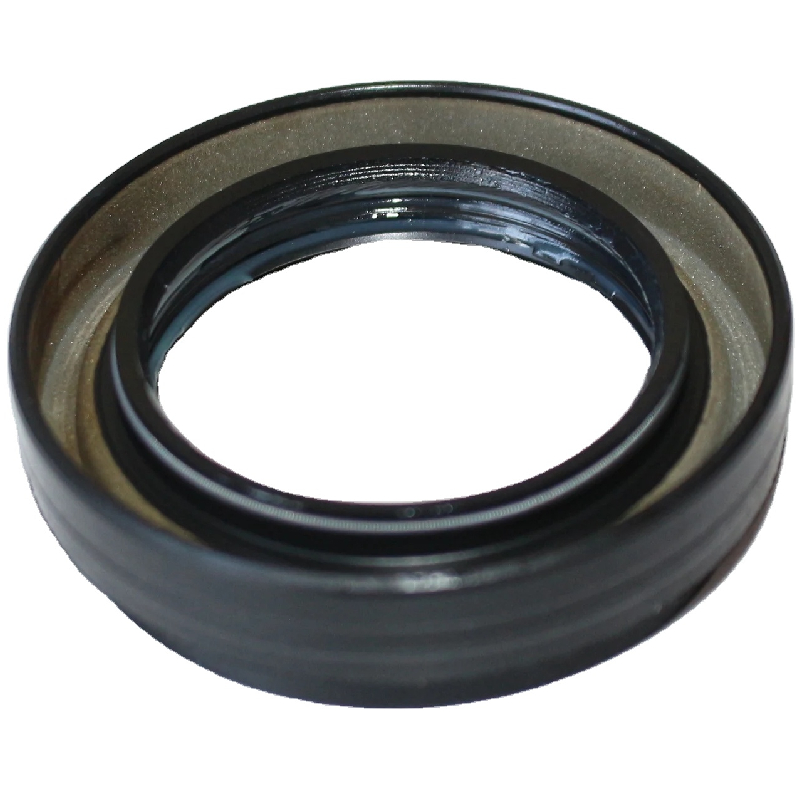stuffing box mechanical seal
Understanding Stuffing Box Mechanical Seals A Comprehensive Overview
Stuffing box mechanical seals are critical components used in various industrial applications to prevent leaks between rotating shafts and stationary parts. These seals play a vital role in maintaining the integrity of machinery and preventing the loss of fluids, thereby enhancing operational efficiency and safety.
The stuffing box itself is a compartment in pumps, turbines, or any rotating equipment where the mechanical seal resides. Traditionally, this area was filled with packing material which would compress against the shaft to create a seal. However, the introduction of mechanical seals has drastically improved leak prevention technologies.
Mechanical seals are designed to provide a robust and reliable barrier against fluid leakage. Unlike traditional packing, which can wear out quickly and require frequent maintenance, mechanical seals typically last longer and are more efficient. They consist of two primary components the stationary part, which is mounted on the pump casing, and the rotating part, which is attached to the shaft. These two surfaces are finely polished and pressed against each other, creating a tight seal.
Working Principle
The working principle of a stuffing box mechanical seal is based on the contact between these two flat surfaces. When the rotating part spins, the stationary component remains fixed, and the minute gap between them is filled with the fluid to be sealed. The pressure of this fluid forms a thin film that helps to prevent leakage. It is essential that this film maintains its integrity under various operating conditions, such as changes in temperature and pressure, which can significantly influence seal performance.
stuffing box mechanical seal

Advantages
One of the primary advantages of using stuffing box mechanical seals over conventional packing is their ability to handle higher pressures and temperatures. Mechanical seals can endure extreme operational environments, making them suitable for applications in oil and gas, chemical processing, and water treatment industries. Furthermore, they reduce the risk of environmental contamination by minimizing leaks, which is a growing concern in today’s eco-conscious world.
Another significant benefit is the reduced maintenance costs associated with mechanical seals. Since they do not require frequent adjustments or repacking, the downtime of equipment is minimized, enhancing overall productivity and saving costs over time.
Conclusion
In conclusion, stuffing box mechanical seals represent a significant advancement in sealing technology. They offer durability, reliability, and efficiency, making them an essential choice for various industrial applications. By understanding their design, working principle, and advantages, industries can make informed decisions about implementing these seals to improve operational performance and reduce maintenance issues. As technology continues to evolve, the future of mechanical seals looks promising, paving the way for even more efficient and environmentally friendly solutions in fluid containment.
-
The Ultimate Guide to Car Repair Kits: Tools and Essentials Every Driver Should Own
News Aug.01,2025
-
The Complete Guide to Oil Pan Gaskets: Sealing Engine Leaks the Right Way
News Aug.01,2025
-
Preventing Oil Leaks: A Complete Guide to Oil Pan Gaskets and Drain Seals
News Aug.01,2025
-
Everything You Need to Know About Oil Pan Gaskets and Drain Plug Seals
News Aug.01,2025
-
Essential for Car Owners: How to Use a Car Repair Kit to Deal with Minor Breakdown
News Aug.01,2025
-
Comprehensive Guide to Engine Oil Sump Gaskets and Related Seals
News Aug.01,2025
-
The Ultimate Guide to Boat Propeller Bearings and Trailer Wheel Bearings
News Jul.31,2025
Products categories















